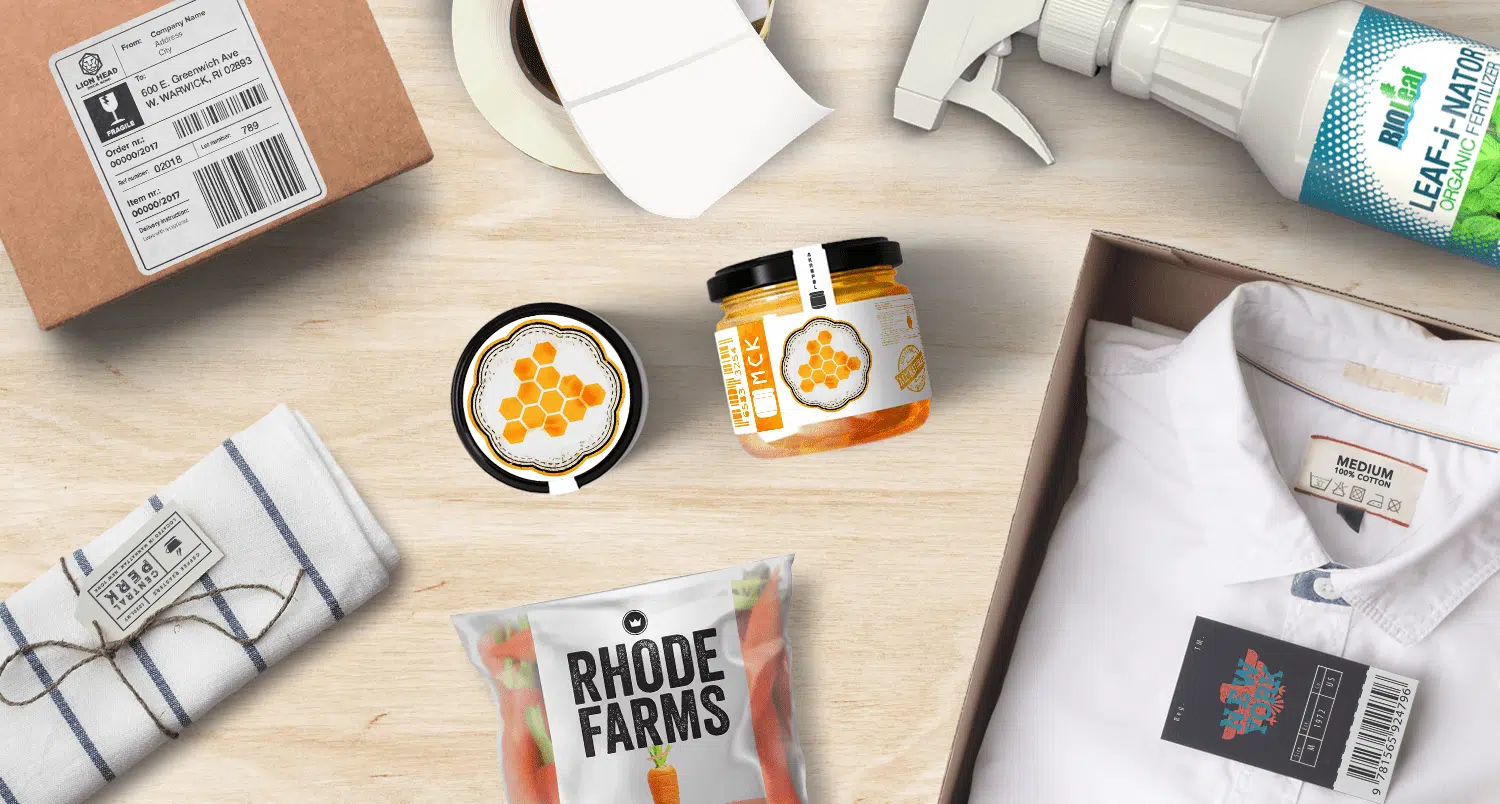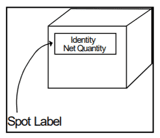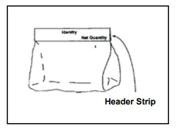
The world of packaging & labeling is quite complicated and can be littered with complex terms and legalese. The origins of the USA’s current regulatory framework can be traced back to the Uniform Packaging and Labeling Regulation (UPLR) that was first adopted in 1952. The UPLR requires that consumer packaging bear a label specifying the following:
- the identity of the commodity
- the name and place of business of the manufacturer, packer, or distributor
- the net quantity of contents in terms of weight, mass measure, or numerical count is in a uniform location upon the principal display panel
UPLR has precise definitions for seemingly simple and straightforward terms like “package” or “label.” Select terms you may find useful are defined and explained below. For a complete list of terms along with their definitions and exceptions, please refer to the relevant section in NIST Handbook 130.
Package
The term “package,” whether standard package or random package, means any commodity: (a) enclosed in a container or wrapped in any manner in advance of wholesale or retail sale, or (b) whose weight or measure has been determined in the wholesale or retail sale. An individual item or lot of any commodity on which a selling price is marked based on an established price per unit of weight or measure shall be considered a package or packages.
Consumer Package or Consumer Commodity
A package that is:
- customarily produced or distributed for sale through retail sales agencies or for consumption
- used by individuals for the purposes of personal care
- used in the performance of services ordinarily rendered in or about the household
- used in connection with personal possessions
Random Package
A package that is a lot, shipment, or delivery of packages of the same consumer commodity with no fixed pattern of net contents.
Label
Any written, printed, or graphic matter affixed to, applied to, attached to, blown into, formed, molded into, embossed on, or appearing upon or adjacent to a consumer commodity, or a package containing any consumer commodity, for purposes of branding, identifying, or giving any information concerning the product or the contents of the package.
Principal Display Panel(s)
The part(s) of a label that is designed to most likely be displayed, presented, shown, or examined under the usual and customary display and purchase conditions. Wherever a principal display panel appears more than once on a package, all requirements about the “principal display panel” shall pertain to all such “principal display panels.”
Multi-Unit Package
A package containing two or more individual packages of the same commodity, in the same quantity, is intended to be sold as a multi-unit package, but where the component packages are labeled individually in full compliance with all requirements of this regulation.
Combination Package
A package intended for retail sale, containing two or more individual packages or units of different commodities. Examples: antiquing or housecleaning kit sponge and cleaner lighter fluid and flints.
Variety Package
A package intended for retail sale, containing two or more individual packages or units of similar, but not identical, commodities. Commodities that are generically the same, but that differ in weight, measure, volume, appearance, or quality, are considered similar, but not identical. Examples: two sponges of different sizes or plastic tableware, consisting of four spoons, four knives, and four forks.
Spot Label

A spot label is a label clearly defined utilizing a border, indentation, or other means that cover only a small portion of the surface of a principal display panel of a package; the entire portion of the principal display panel outside the area of the label contains no printed or graphic matter of any kind. A spot label may provide all required labeling information (identity, responsibility, and net contents), but it must at least indicate the identity and net contents.
 Header Strip
Header Strip
A header label or header strip is a label that is attached across the top of a transparent or opaque bag or other containers that bears no other printed or graphic material.
Standard Package
A package that is one of a lot, shipment, or delivery of parcels of the same commodity with identical net content declarations. Examples: 1 L bottles or 12 fl. oz cans of carbonated soda, or 500 g or 5 lb. bags of sugar.
Have Questions or Looking to Print Labels In-House?
If you’re interested in learning more about how you can print product labels on-demand, feel free to contact us to schedule a free demonstration or speak with one of our specialists!


